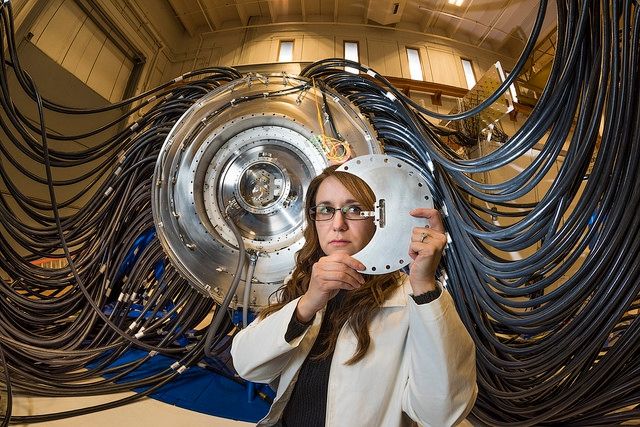The Sandia National Laboratories team of materials scientists and computer scientists have spent over a year creating 12 new alloys and simulating hundreds of more combinations that demonstrate how machine learning can help accelerate the future of hydrogen energy by simplifying infrastructure for consumers.
"There is a rich history of hydrogen storage research and a database of thermodynamic quantities describing the interaction of hydrogen with various materials," said co-developer Matthew Whitman. “With this existing database, a suite of machine learning and other computational tools, and state of the art experimental capabilities, we have assembled an international collaboration team to join forces. We have demonstrated that machine learning methods can indeed simulate the physics and chemistry of complex phenomena that occur when hydrogen interacts with metals. ”
The ability to simulate data to predict thermodynamic properties can quickly increase research speed. In fact, once built and trained, such machine learning models run in just a few seconds and can therefore quickly test new chemical compounds: in this case, 600 materials promising for hydrogen storage and transfer.
The team also found something else in their work - results that could have dramatic implications for small-scale hydrogen production at hydrogen fuel cell filling stations.
“These high-entropy alloy hydrides can naturally cascade hydrogen as it moves through various materials,” the researchers say, recalling that hydrogen is traditionally compressed by a mechanical process.
They describe the construction of a storage tank with multiple layers of these different alloys. When hydrogen is pumped into the reservoir, the first layer compresses the gas as it passes through the material. The second layer compresses it even more and so on through all layers of different alloys, naturally making hydrogen suitable for use in engines that generate electricity.
Hydrogen produced in atmospheric conditions at sea level has a pressure of about 1 bar - the metric unit of pressure. For hydrogen to power a vehicle or some other engine from a fuel cell, it must be compressed to a much higher pressure. For example, hydrogen in a fuel cell charging station must have a pressure of 800 bar or higher so that it can be supplied as 700 bar hydrogen to fuel cell vehicles.
"As hydrogen moves through these layers, it becomes more and more compressed without any mechanical effort," explained Stavila. “In theory, you could pump 1 bar of hydrogen and get 800 bar - the pressure required for hydrogen charging stations.”





